Dear community,
in this blog post you can find detailed instructions for making beautiful grocery store accessories for children.
I’m delighted to be involved, as I have been for the last two years, in the Bernina Advent Calendar, which this year is aimed at making lovely things guaranteed to make children’s eyes light up.
Two perennial favourite role-play items for children have to be a shop and a play kitchen . When our oldest child was about two years old, we bought a little wooden stove with matching accessories. Even now – the youngest of our three children turned five recently – I still have meals cooked for me on a regular basis, or I have to go and buy something in the shop. So that brings us to today’s idea. Naturally, there are a lot of lovely accessories available to buy that make the role-play very realistic. But these things are often too expensive, or I don’t like the materials, or I simply prefer to make something myself. And it is precisely during Advent that these home-made foods, shopping bags, aprons or other accessories make perfect little presents. They don’t cost much (a real consideration when you have several children), but they are really lovely!
So I started searching for inspiration. As usual, Pinterest was my first port of call, and it wasn’t long before I had a multitude of lovely ideas! I pinned the ones I liked best on my board.
Since you don’t always have much spare time during Advent, I tried out three really quick ideas, which can be made in an evening and don’t require much in the way of materials: I made pasta, sweets and shopping bags.
Materials and preparations
The best thing about home-made items for a shop or play kitchen are that they don’t require many ingredients and you often don’t have to go out and buy them – you can just use things you already have at home .
For the things I’ve sewn here you need the following materials:
- Craft felt or wool felt, preferably soft and fairly thin
- Small bags for packaging, with labels etc.
- Fabric remnants, possibly buttons, ribbons…
- Embroidery thread
- Wadding
- A sweetie jar
- and naturally the matching sewing thread, sewing needles and a sewing machine, fabric scissors, pinking shears and a rotary cutter
I think felt is the perfect material for making shop accessories . It may leave a fine layer of dust everywhere but it cuts perfectly and is very good to sew !
Pasta
Time and cost
I chose to make three different varieties. I bought 30 cm felt from the roll in the local handicrafts shop, along with some small, transparent cookie bags and blackboard style labels for writing on (from the drugstore or decoration shop). I had some kraft paper for the labels at home already. The total material cost came to around 5 euros.
The making process
For the farfalle pasta I first cut small rectangles to the right size. That’s very quick and easy with the rotary cutter. I then used the pinking shears to trim the short edges. The small rectangle is then folded in half – placing the long sides together but with a twist in the middle. Just try it out – it’s really not difficult :-). Then the middle is sewn together with the thread stitched on the back – I did that by hand. Et voilà – the first farfalle is done.
For the ravioli I used the rest of the rectangles, always placing two on top of each other and sewing a square into the middle. For a rather more realistic effect you can place a small amount of wadding in between the two rectangles, so that it looks like a stuffed piece of ravioli. Finally, the pinking shears are used to cut around the outside edge.
The tagliatelle is the fastest one to make: all you have to do is cut strips from a piece of felt using the rotary cutter and it’s ready.
Packaging
Now the individual pasta varieties are packed in the little bags. I then used a stapler to fasten a label on – and to make sure the bag stays closed. If you want to be able to take the pasta out, you naturally have to come up with a different way of closing the bags. Little wooden clothes pegs could work here.
Sweets
Time and cost
A glass jar containing small fabric sweets looks really lovely and decorative on the shop counter. The sweets are easy to make out of small remnants, which you probably have anyway. And you can colour coordinate them to match the surroundings ;-). As fill material I used the innards of a sofa cushion that I get from a Swedish furniture store for 2-3 euros just for that purpose. I still had embroidery thread, but a skein costs around 2 euros. The sweetie jar was also around 2 euros, so you spend around 5-6 euros on the materials.
The making process
The remnants have to be cut into small rectangles again. Be careful not to make the rectangles too narrow! If you’re not sure of the size, it’s better to cut them a bit too big – you can always trim then down at the end ;-). The short edges are folded in and stitched. Turn them over twice for an especially clean finish! Then lay the longer sides together, right sides facing each other, and sew them together to create a small tunnel. Turn this little fabric tube inside out. Now tie one end with a piece of cord (I used embroidery thread in a suitable colour), stuff a little wadding into the sweet and tie the second end. Trim the cord if necessary – and it’s done!
Packaging
For storage I bought a small sweetie jar from a store. Depending on the age of the child and the location of the play kitchen/shop you should consider whether glass is the best thing to use because of possible breakages! Here too I stuck on a label.
Shopping bags
Time and cost
What good is a shop without a shopping bag? And when you make it yourself, you can adapt the material and pattern to make it appropriate for children and to suit your taste. I had fabric, buttons and ribbons at home already, so I didn’t have to go out and buy anything. But since the bags for children are small anyway, you don’t need more than half a metre of fabric, which makes at least two bags.
The making process
Depending on the size you require, cut out two rectangles. Lay them together, right sides facing, and sew them along three sides. Then finish the seams neatly. Turn the top edge over twice and stitch it all around. (It is much easier if you iron it first!). For the handles I cut two strips out of the same fabric, ironed them in quarters and sewed them (like bias binding!). The open ends are then neatly finished, folded in and the handles sewn on. If you want to give the bags extra stability and volume you can stitch down the bottom corners again from the inside. Naturally the bag can then be decorated with ribbons, buttons and other accessories.
As you can see, there’s no great cost or effort involved in any of these items, but the end result will definitely please the young playmates – I speak from experience ;-).
I wish all readers of the Bernina blog a peaceful and wonderfully magical Christmas!
Carolin from theblogbook.eu
 BERNINA Corporate Blog -
BERNINA Corporate Blog -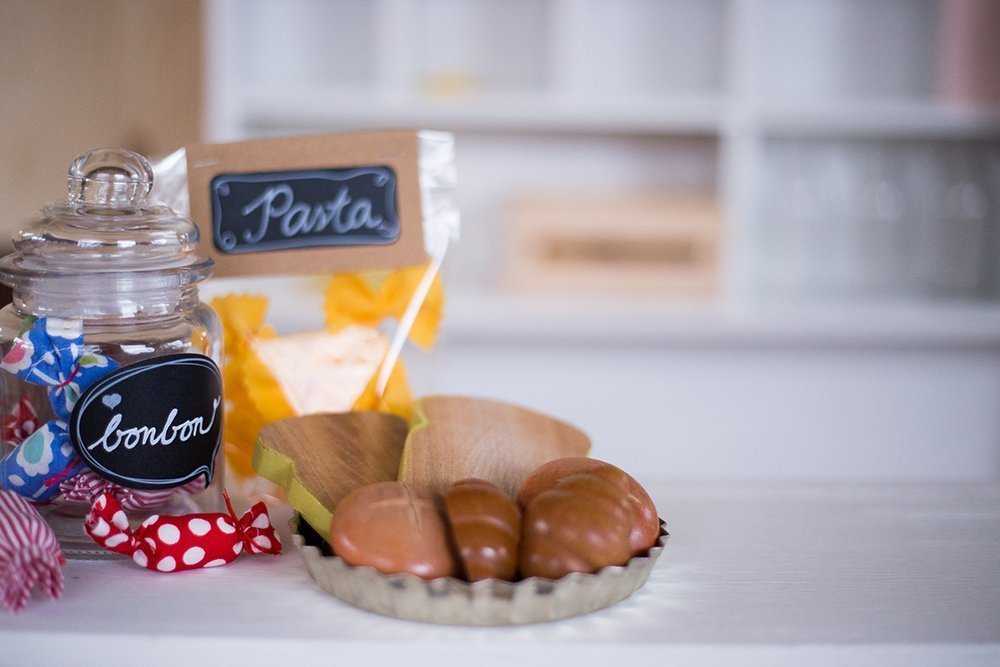
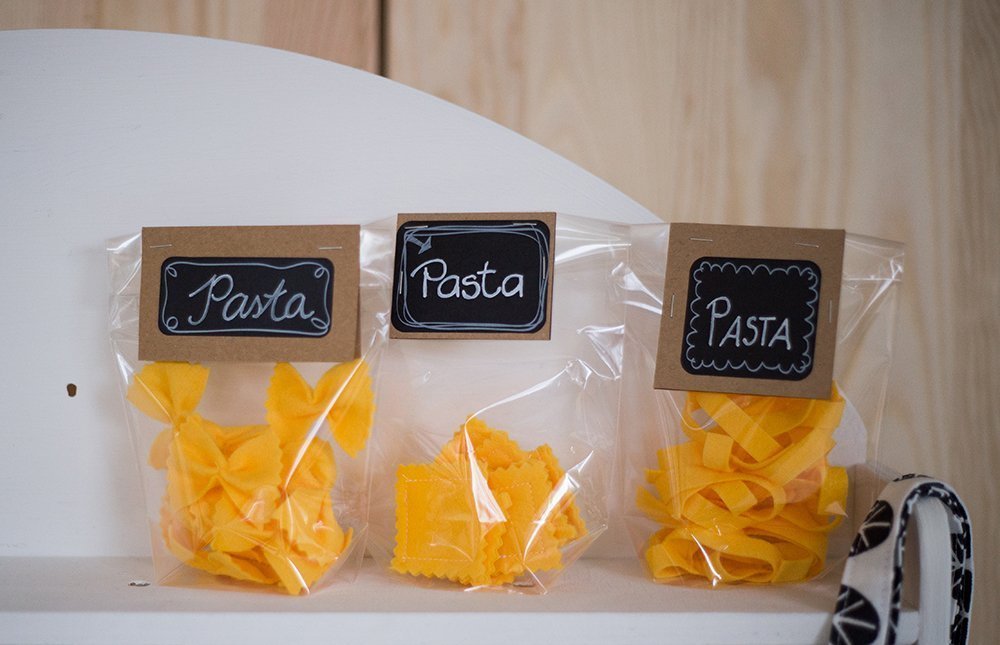
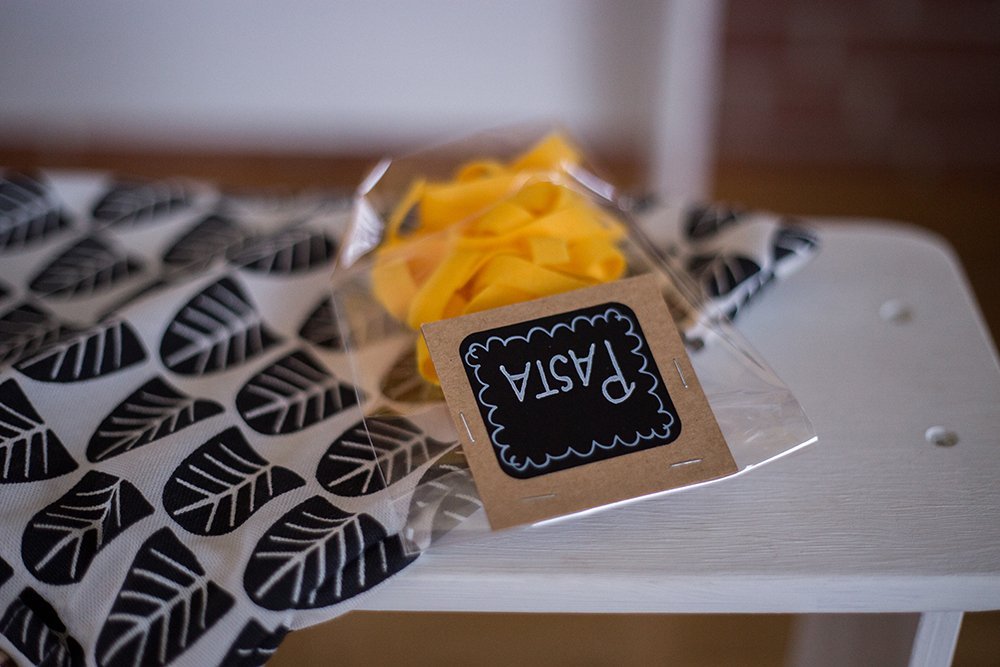
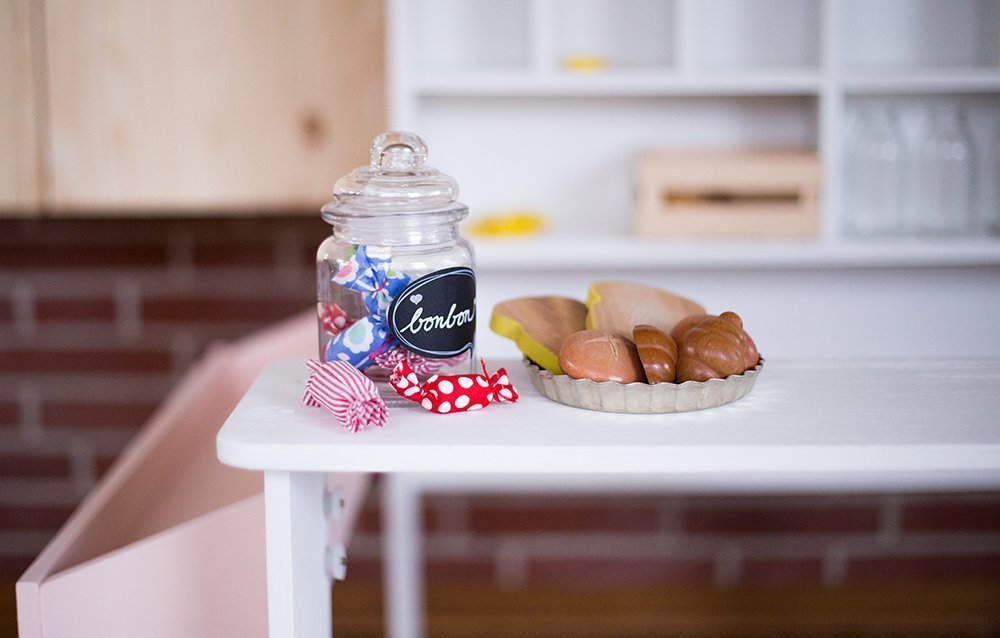
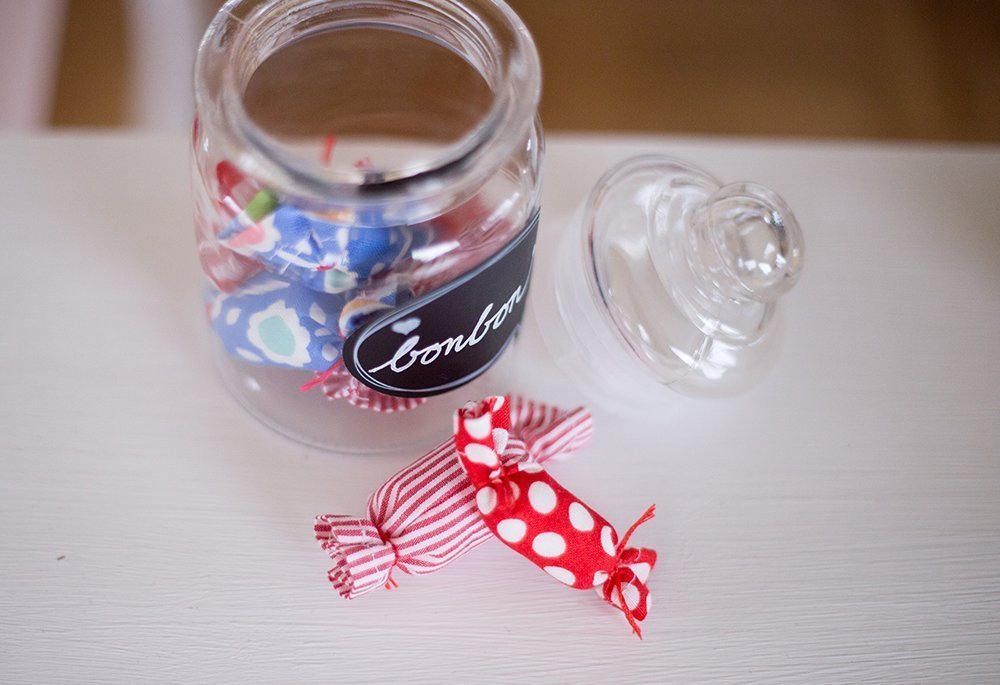

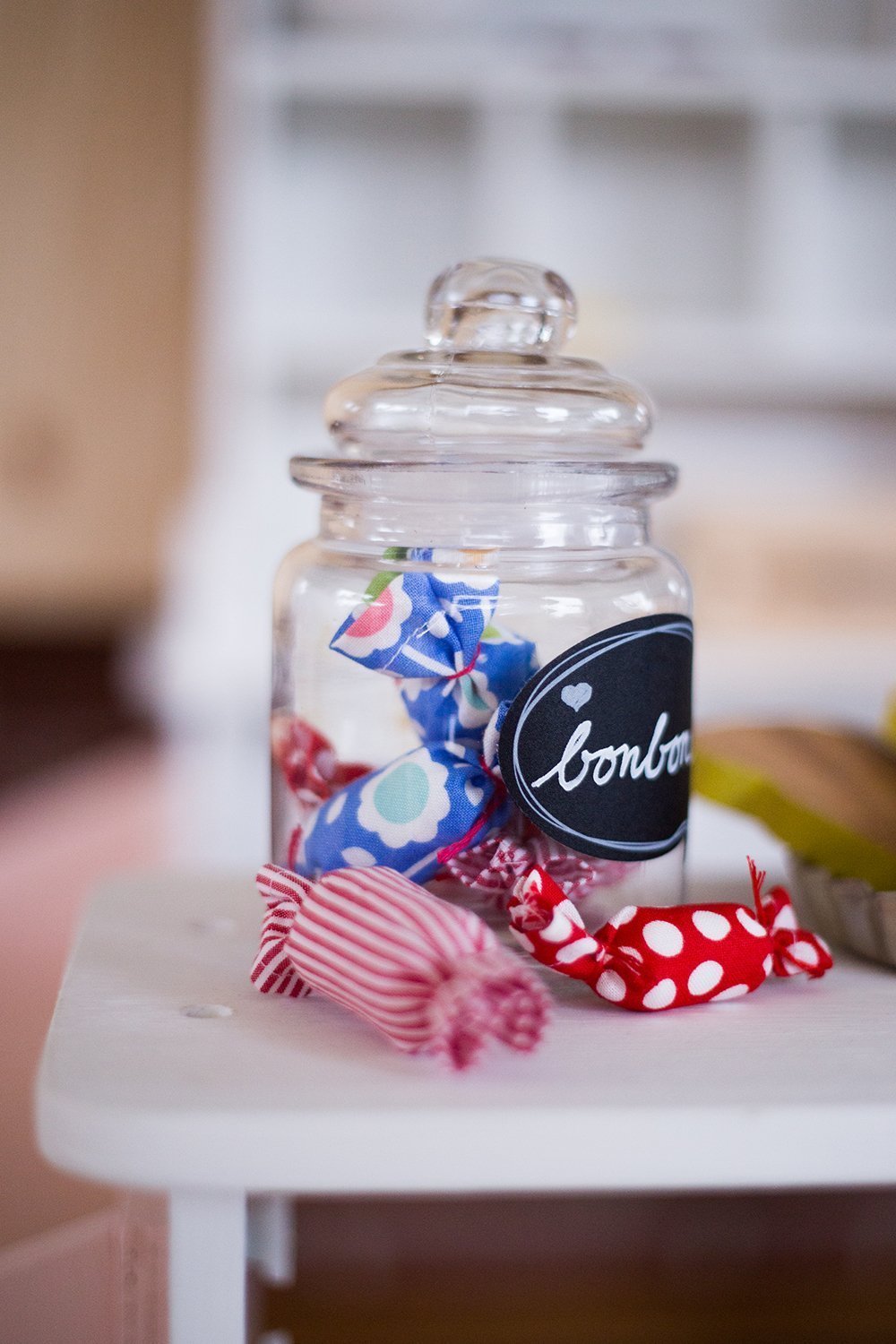

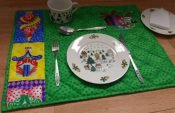
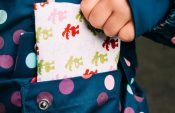
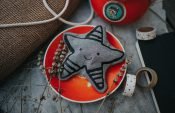
0 Responses